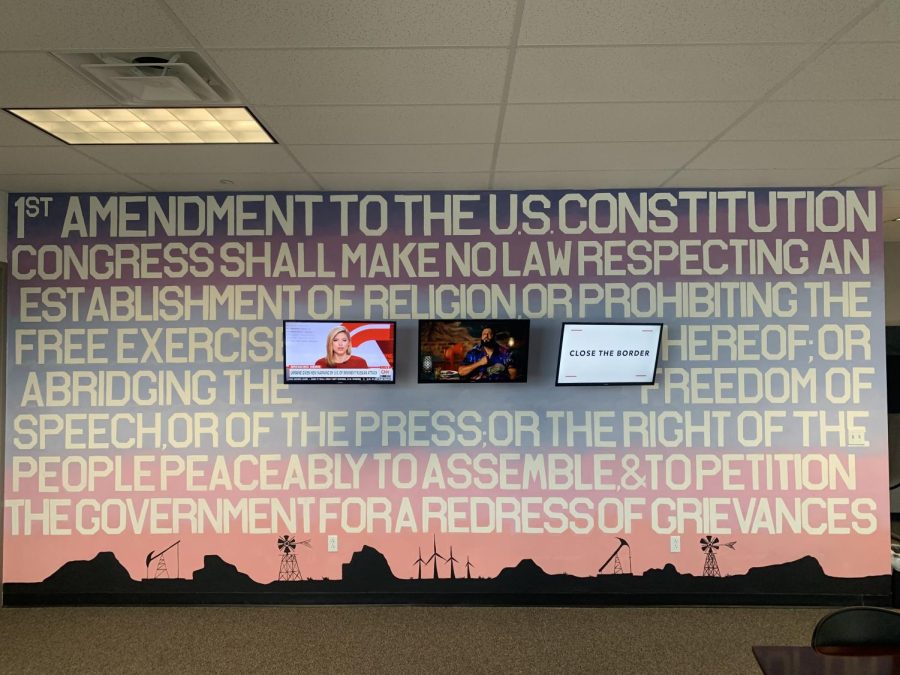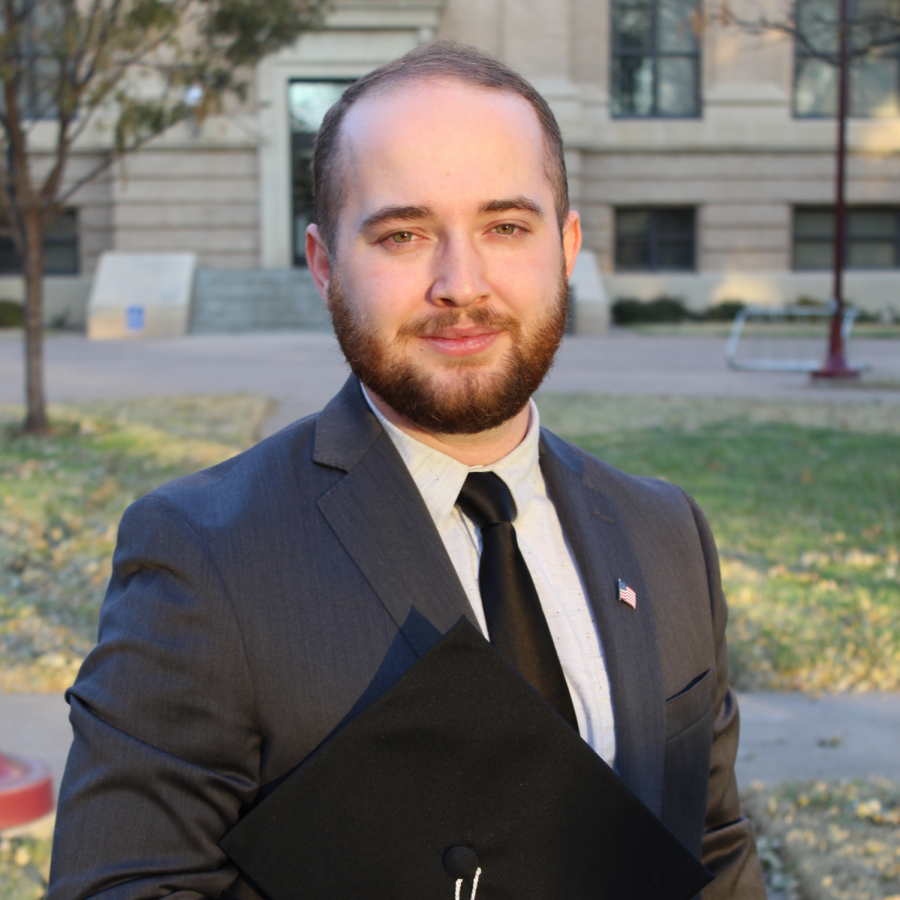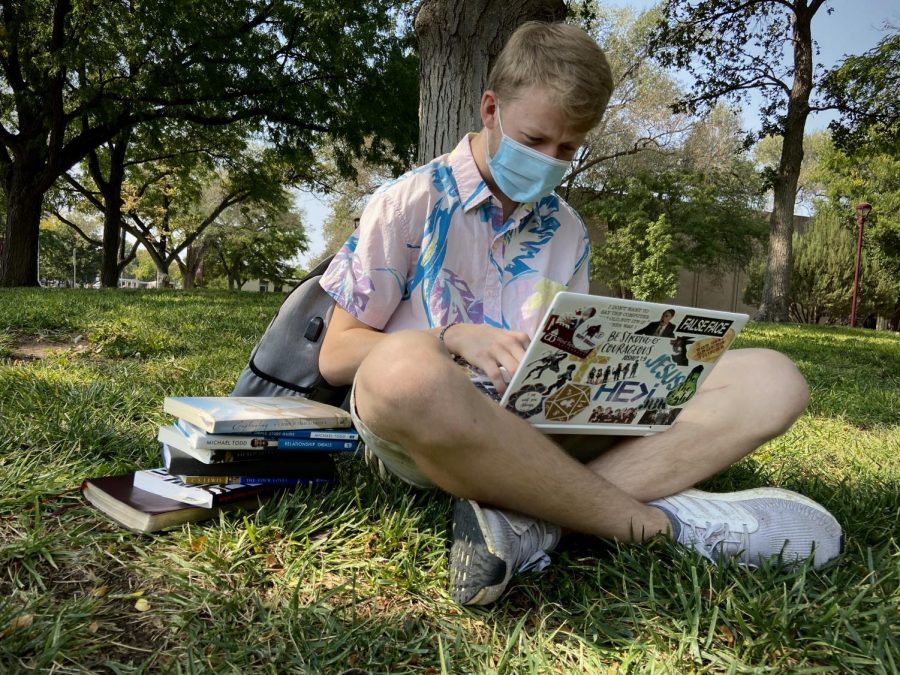Web Editor’s Note: This is part one of a three-part series. To read part two, click here and for part three, click here. You can view photos of the trip here.
Before the spring semester began, I sympathized for the lives illustrated in Kelsey Timmerman’s book, “Where Am I Wearing?” I pitied the poor workers earning pennies a day, and I could hardly imagine what their sad lives would feel like.
Therefore, I was proud knowing I would be stepping into Central America as an ambassador of Readership WT. I felt great knowing we would bring our expertise to such an underprivileged country.
The Readership group began meeting once a week to learn, bond and prepare for the expedition. In addition to the selected freshmen, our assembly included: author Kelsey Timmerman, experienced traveler Aaron Hunt, and WTAMU’s Dr. Wade Shaffer, Kendra Campbell and Brittany Stewart.
While researching Honduran society, I found many Google images of foreigners with unexpected genuine smiles. The candid photos had more life and more sincere delight than any million dollar advertisement I’d ever seen.The children were barefoot, yet looked cheerful and giddy to be pictured. They did not embody my stereotypical vision of hungry and deprived people.
Weren’t these people the struggling families who needed American aid?
Curiously studying the picture, I wondered how they could be happy with so little. I later realized how arrogant and naïve I truly was.
Our class continued to learn about the differences of the American and Honduran cultures. The startling facts were informative, surprising and overwhelming.
We also began gathering for Saturday hikes to prepare for the physical demands of our adventure. Many times I wondered what the Hondurans would think of our Palo Duro Canyon stroll compared to their treks of the Central America jungles.
The following week, my shopping trip became my most prominent global experience to date. Almost immediately after walking through the doors of a retail store, I felt ashamed of the abundance around me. I was embarrassed by how excessive the American lifestyle could be.
I walked past a shirt that read “Made in El Salvador” and while studying the stitches I wondered what labor conditions were like there. My thoughts flooded with new questions I had never before considered.
How did the factory worker feel about making this shirt? Does he have a family? Maybe it’s a woman. Is she even old enough to be considered a woman?
My world views had changed, and fortunately my peers shared in similar experiences. As weeks passed, our Honduran knowledge advanced and priorities shifted.
Ideas and expectations will be further challenged on March 8 as I leave behind the luxuries of home in Canyon, Texas. Who needs a shower anyway?








